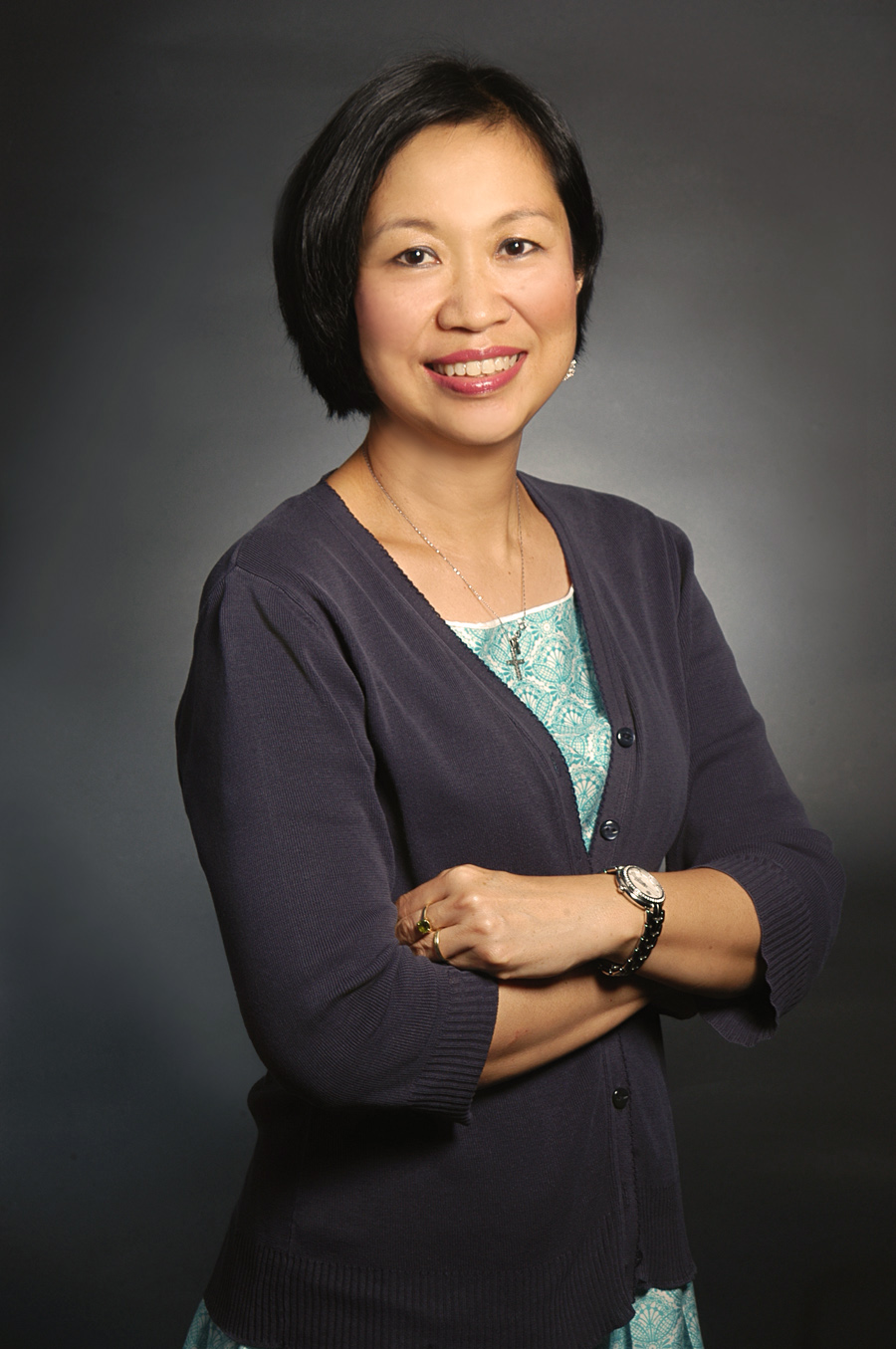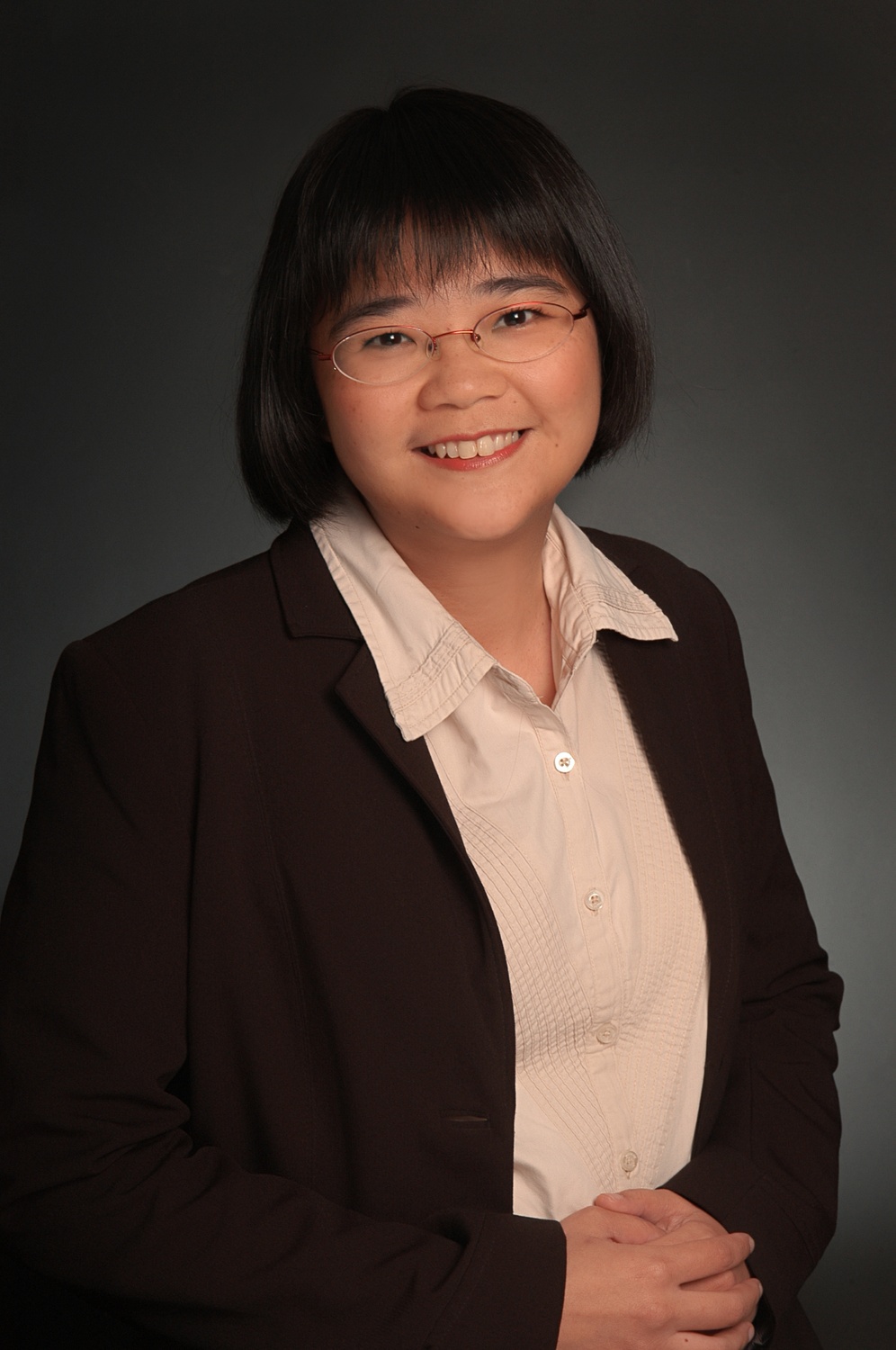Established under the partnership between SingHealth and Duke-NUS in Academic Medicine, Professorships are the most prestigious faculty appointments in Academic Medicine, and nurture outstanding academic leadership in medical research and teaching to advance medical science and Medicine to benefit patients.
In our previous issue of Inspire, we featured two Distinguished Professorships recipients, Professor Jodhbir Mehta, SNEC Professor in Clinical Innovation in Ophthalmology and Professor Chee Soon Phaik, SNEC Professor in Clinical Education in Ophthalmology under the SingHealth Duke-NUS Ophthalmology and Visual Sciences Academic Clinical Programme (EYE ACP).
The second part of this two-part series looks at our two other recipients: Professor Saw Seang Mei, recipient of the SERI Professorship in Ophthalmology Research* and Assoc Professor Audrey Chia, recipient of the Robert Loh Associate Professorship in Ophthalmology.

Professor Saw Seang Mei, SERI Professorship in Ophthalmology Research*
What sparked your interest in Myopia?
Myopia is a popular research area that has gained worldwide attention because of recent landmark discoveries and the associated visual burden of pathologic myopia. I was interested in myopia because it is a predominantly Asian eye condition with a very high prevalence in Singapore. This interest started when I was doing my PhD thesis on the Epidemiology of Myopia and it has been my primary research focus throughout my research career of more than two decades. Several of my mentors in Singapore and abroad were visionaries in their fields and encouraged me to embark on a lifetime career of researching into myopia.
Tell us more about your research focus.
My research primarily focuses on study of the progression of myopia, and the different factors that influence it. As an epidemiologist, I initiated the Singapore Cohort study Of the Risk factors for Myopia (SCORM), the first myopia cohort in Asia and the second in the world. We followed 1,979 children in Singapore for more than 20 years and this rich cohort established the natural history of myopia onset and progression, the protective role of outdoor time, risks of near work, as well as genetic influences on myopia.
I have always been agile and engaged in cutting edge research as leaders in our field. We were one of the first to launch a myopia genome-wide association studies to find new genes that cause myopia. Subsequently, I was one of the first few in recognising the importance of characterising the burden of complications of high myopia and pathologic myopia, including the identification of new biomarkers and screening measures. I also jointly led studies overseas - including a six-year myopia cohort in Xiamen, China and a myopia survey in Sumatra, Indonesia - and co-led the discovery of new myopia genes in the International Consortium for Refractive Errors and Myopia (CREAM) worldwide consortium.
With our research findings, I developed medical interventions including a multi-centre worldwide trial of a new type of contact lens that slowed down myopia progression, as well as a FitSight, a watch tracker which allows us to objectively document outdoor patterns in outdoor activity. By partnering the National Myopia Prevention Programme involving the Ministry of Health, Ministry of Education, NParks, and Nature Society, our targeted programmes to reduce the impact of myopia will directly benefit the visual health of children in Singapore.
How will this Professorship further your research?
This Professorship will enable me to further my pioneering efforts to prevent myopia and the visually-disabling complications of high myopia through the discovery of new childhood risk factors and treatment.
I also hope that my research will identify the role of more recent risk factors for myopia, like the amount of screen time. This is a particularly relevant area as children today are exposed to longer duration of screen time, especially with schools implementing online home-based learning during the COVID-19 pandemic. Outdoor time is a major modifiable risk factor for myopia and we will expand our current work on studying specific outdoor patterns of light to prevent myopia using the FitSight watch. Public health outdoor programmes may be implemented in the schools and community following our research on specific identifiable outdoor patterns.
The Professorship will also support my continued collaboration with many leading research groups worldwide, like the Aier Eye Hospital in China, where we are looking to establish a large high myopia cohort. This will lead to a better understanding of the natural history, risk factors and burden of pathologic myopia in highly myopic adults, and the development of screening, preventive and therapeutic solutions.
In Singapore, I will also have the opportunity to mentor junior clinicians, clinician-scientists, research fellows and graduate students by imparting research skills and provide research directions in the field of myopia. As part of a large myopia research team, we aim to establish SERI and Eye ACP as the leading myopia centre worldwide in collaboration with industry partners, providing new therapeutic solutions, clinical guidelines for screening, and public health preventive programmes to reduce the burden of myopia and blindness in Singapore and worldwide.
* With effect from August 2021, the SERI Professorship in Ophthalmology Research has been renamed the ‘Wallace Foulds Professorship’ in recognition of his immense contribution to the ophthalmology landscape in Singapore. World renowned for his leadership in ophthalmic research, the late Professor Wallace Foulds dedicated his life to the education and mentorship of young ophthalmologists and clinician-scientists. He laid the groundwork for, and for over two decades, played an instrumental role in charting the growth of SNEC and SERI.

Associate Professor Audrey Chia, Robert Loh Associate Professorship in Ophthalmology
What made you want to specialise in Paediatric Ophthalmology ?
It was totally by chance. Initially I was planning to be a country ophthalmologist when I was pursuing my final year of training in Sydney. I wanted to gain more experience in paediatric ophthalmology so I applied to spend six months at the Westmead Children's Hospital and really enjoyed the experience. I got to interact with children throughout the day, and every day was a different experience. There were tears but also a lot of laughter, and you never know what would happen next. I then made the decision to specialise in the sub-specialty.
What is it like being a Paediatric Ophthalmologist?
Although I did not realize it at the time, Paediatric Ophthalmology was not a very popular sub-specialty. It can be tough to handle crying, uncooperative children and their anxious parents. On top of that, the scope to the sub-specialty was wide and it included dealing with unusual congenital conditions, malignancies, and other eye syndromes. The work of just checking the vision and examining a young child can already be quite challenging. It is also much more clinic-based than surgical-based than other ophthalmology sub-specialties; and most ophthalmologists prefer to be engaged in surgery.
By being a Paediatric Ophthalmologist, I knew that I could be of service in such a niche specialty, and I hope that what I do can help improve the eyesight of future cohorts of children.
What drives you in your research work?
I enjoy thinking about research questions and designing studies to answer them. I also enjoy analysing data that is gleaned from a well-designed study and telling a story based on the insights that we manage to uncover.
Currently, I have the privilege of working with groups of very diverse and talented people involved in the laboratories, population studies, interventional studies and new technologies, both within SERI and SNEC, as well as other local and international partners. So, the challenge is to keep everything moving along, fulfilling my ow research milestones while, at the same time, looking for new research options and opportunities to collaborate.
